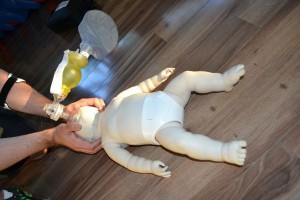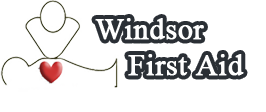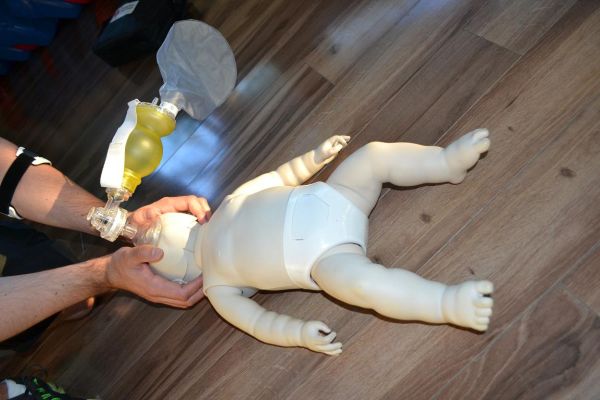
Asphyxiation occurs when there is an inadequate amount of oxygen that is supplied to the brain and other vital body organs. The effects of asphyxia depend on the extent of oxygen deprivation in vital body organs. The longer a person’s brain does not receive oxygen, the more profound the effects would be. Choking, strangulation and suffocation are the most common emergency situations that lead to asphyxia in children.
Asphyxiation is among the leading causes of unintentional deaths in infants and toddlers in Canada. Almost 40% of unintentional injuries in infants below one are due to choking and suffocation. It is estimated that one out of 110 children who receive emergency care for choking dies. This number is just the tip of the iceberg as the number of children who receive first aid or outpatient treatment for significant asphyxiation is not well documented. These emergencies can lead to significant morbidity that includes esophageal perforation and anoxic brain injury. Emergency first aid knowledge will be a good help when you encounter this kind of situation.
Majority of aspiration cases in children had occurred at home. Food material, particularly nuts, being the most commonly aspirated foreign body. Food asphyxiation is most common in children between 1 and 3 years of age. Virtually all fatal asphyxiation accidents can be prevented. Since most choking-related injuries in children occur at home, parents and caregivers have a pivotal role in preventing unintentional injuries and death. Proper parental education and early recognition and management of the situation are crucial. Appropriate and prompt first aid can help significantly cut the mortality rate due to choking, strangulation and suffocation.
Parents and caregivers are highly recommended to take pediatric first aid. Remember that emergency medical treatment for young children and infants may be a little different than that for adults. There are different private organizations were you can take first aid training programs. You can book a course through your local workplace approved chapter. Usually, they offer regular infant first aid and CPR training, especially designed for parents and caregivers. You can choose from a wide range of available courses so that it will fit your schedule.
Note that first aid techniques and methodologies may change with advancements in medical science, thus first aid information and resources should be regularly updated. Even if you have had first aid training in the past, it may be best to update on your knowledgebase and gain more insight. Aside from pediatric first aid, there are also other first aid courses that you can take. Taking first aid courses is not just for your family’s safety, rather learning how to save lives can be your greatest contribution to the community.

